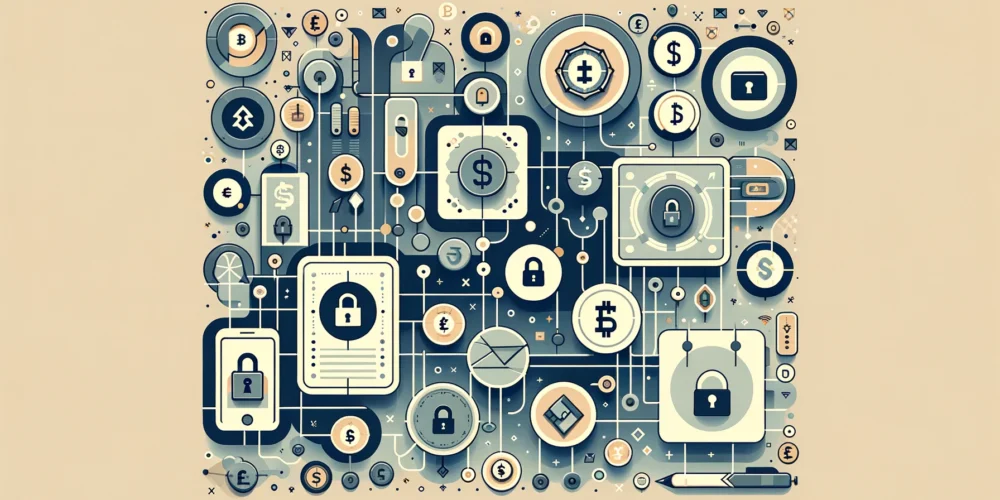In a groundbreaking move aimed at protecting its economy, India is set to launch the ARC token, a stable digital currency backed by the Indian rupee, in the first quarter of 2026. Developed through a collaboration between Polygon and Anq, the ARC token seeks to curb capital flight to dollar-backed stablecoins while fostering domestic innovation and payments compliance, ultimately redefining India’s digital financial landscape.
A Revolutionary Launch on the Horizon
The ARC token is not just another digital currency; it’s a carefully crafted solution designed to provide stability in an increasingly volatile financial environment. Expected to debut in early 2026, each token will maintain a 1:1 peg with the Indian rupee, ensuring its value stays stable in relation to the national currency. Developed by Polygon, an Ethereum scaling powerhouse, and Anq, a renowned Indian fintech company, this initiative is a significant leap toward integrating blockchain technology into mainstream finance.
The ARC token will serve as a responsive digital asset that mirrors the economic landscape of India. The collaboration aims to avoid pitfalls of traditional fiat currencies while providing users with the benefits of blockchain technology, enabling greater security and efficiency in transactions. This launch represents the culmination of ongoing efforts to strengthen India’s digital economy and promote financial inclusion.
Mission-Driven Backing and Transparency
What sets the ARC token apart is its robust structure of backing, designed to instill confidence among users. Each token will be minted only when issuers secure cash or cash equivalents like government securities and fixed deposits, ensuring full collateralization. This mechanism not only reinforces the token’s credibility but also guarantees its stability, making it a safe alternative to the more volatile dollar-backed stablecoins currently dominating the market.
This focus on transparency is paramount. “Tokens will be minted strictly against acquired collateral, which not only enhances safety but also promotes compliance with regulatory standards,” said a representative from Polygon. This foundational principle ensures that each token issued reflects a tangible asset, combatting fears of digital currency speculation while offering a clear, well-regulated alternative.
Strategic Objectives for Economic Resilience
The overarching goal of launching the ARC token is to prevent capital outflows into dollar-backed stablecoins, which have increasingly attracted investors seeking a safe haven. As investment trends shift, Indian authorities aim to retain financial activity within the country to bolster local markets and foster innovation in payment solutions. “The ARC will create a framework for programmable transactions and remittances, strengthening the rupee’s position in both domestic and global contexts,” explained a spokesperson from Anq.
Moreover, the integration of the ARC token with the Reserve Bank of India’s Central Bank Digital Currency (CBDC) aims to enrich the two-tier financial system, driving demand for public debt instruments and enhancing overall economic health. This initiative reflects a concerted effort by regulators to harness digital finance’s potential while mitigating risks posed by uncontrolled capital shifts.
Regulatory Framework: A Stronghold for Compliance
In addition to its technological and strategic innovations, the ARC token adheres to a firm regulatory framework that aligns with India’s existing monetary policies. It allows partial convertibility of the Indian rupee, facilitating business transactions without the need for complete capital account convertibility. This careful construction is pivotal for managing the relationship between local businesses and the global market.
Only businesses authorized under the Liberalized Remittance Scheme can mint ARC tokens, ensuring that control remains firmly within the regulatory grasp of Indian authorities. To safeguard the system further, the ARC ecosystem will utilize Uniswap v4 protocol hooks to restrict token swaps to whitelisted addresses. This move not only promotes security but also reduces the risk of misuse, presenting a stable and regulated option within the crypto sphere.
Contextualizing the Global Economic Climate
The introduction of the ARC token arrives at a critical juncture in global finance. Concerns are mounting over significant capital outflows from emerging markets toward dollar-backed stablecoins, particularly following the United States’ regulatory frameworks favoring such assets. Standard Chartered has indicated that emerging market banks might see up to $1 trillion in deposit outflows over the next three years, adding urgency to India’s initiative.
As the world watches, India’s ARC token stands poised not only as a protective measure against these trends but as a potential model for other nations grappling with similar dilemmas. By prioritizing local financial stability over speculative international trends, India is taking a stand, aiming to secure its economic future and provide a roadmap for others to follow.
A New Dawn for India’s Digital Economy
The launch of the ARC token signifies more than just a new digital asset; it represents a pivotal enhancement to India’s broader economic strategy. By leveraging innovative technology and ardent regulatory frameworks, India is positioning itself as a leader in the evolving world of digital finance. As we approach 2026, one can’t help but wonder how the ARC token will reshape perceptions of the Indian rupee on the global stage and what it will mean for businesses and consumers alike.





